This article was medically reviewed by Lacy Windham, MD. Lacy Windham, MD, is a Board-Certified Obstetrician & Gynecologist in Cleveland, Tennessee. Dr. Windham attended medical school at the University of Tennessee Health Science Center in Memphis. Her residency was completed at Eastern Virginia Medical School in Norfolk, Virginia. She was the recipient of multiple awards during her residency training, including Most Outstanding Resident in Maternal Fetal Medicine, Most Outstanding Resident in Oncology, Most Outstanding Resident Overall, and Special Award in Minimally Invasive Surgery.
There are 11 references cited in this article, which can be found at the bottom of the page.
wikiHow marks an article as reader-approved once it receives enough positive feedback. In this case, 95% of readers who voted found the article helpful, earning it our reader-approved status.
This article has been viewed 235,085 times.
Research shows that gonorrhea, which is a sexually-transmitted disease (STD), may not cause any symptoms, so it can be difficult to recognize signs of an infection. However, gonorrhea can affect multiple areas in your body, including your genital area, reproductive system, rectum, eyes, throat, and joints.[1] Experts say the most common symptoms of gonorrhea include painful or burning urination, genital discharge, painful or swollen testicles in men, and bleeding between periods in women.[2] Talk to your doctor if you may have gonorrhea so you can get treatment to help you recover.
Steps
Learning the Risk Factors
-
1Recognize that gonorrhea affects men and women differently. 50% of women may have no symptoms at all. Nine out of every ten men will likely experience symptoms. Painful urination, genital discharge and general abdominal/pelvic pain are obvious symptoms of gonorrhea that affect both men and women.[3]
-
2Know how gonorrhea spreads. You can get gonorrhea by having vaginal, anal, or oral sex with someone who has gonorrhea. Direct contact is key. A pregnant woman with gonorrhea can also give the infection to her baby during childbirth.[4]
- Take preventative steps to halt gonorrhea. Prevent Gonorrhea by using condoms, dental dams, or limiting the number of sexual partners you have.
-
3Know what happens if you don't treat gonorrhea. Gonorrhea can have numerous complication. In women, gonorrhea may cause Pelvic Inflammatory Disease (PID). This can happen when the infection spreads to the uterus or fallopian tubes. If untreated, PID can cause chronic pelvic pain and tubal pregnancies. PID can even damage the reproductive organs and make it hard for a woman to have a baby. Gonorrhea can also make it easier for women to contract an HIV infection. Gonorrhea in men can lead to permanent painful urination.[5]
-
4Visit the doctor. Gonorrhea is not a disease that you can cure with home remedies or sanitation. If you are sexually active or suspect that you've been with someone who has contracted gonorrhea, you should consult your doctor immediately.[6]
Checking for Symptoms
-
1See if it burns when you urinate. The most common symptom in both men and women with gonorrhea is painful/burning urination. This sensation may disappear on its own, but is often painful enough to send men to the doctor.[7]
-
2Watch for unusual discharge. In both men and women, gonorrhea produces a yellowish-greenish, thick discharge from the genitals. It is a secretion produced by the bacteria itself. In women this secretion can also be accompanied by bleeding between periods. It is the body’s way of expelling the foreign agent.[8]
- Any unusual vaginal discharge should be examined by a doctor.
-
3Check for pelvic and lower abdominal pain. This could be a sign of Pelvic Inflammatory Disease (PID) — a common symptom of gonorrhea in women. If you have PID, you might also experience fevers greater than or equal to 101 Fahrenheit. 750,000 cases of PID are diagnosed annually. 10% of those with PID face infertility.[9]
-
4Check for painful or swollen genitals. In both men and women, gonorrhea can cause general inflammation of one’s genitals.
-
5Check for painful bowel movements. In both women and men who practice anal sex, gonorrhea can produce anal discharge and painful bowel movements. Frequent and persistent diarrhea can accompany anal gonorrhea. See your doctor immediately, if you experience these symptoms.[12]
-
6See if you have difficulty swallowing. Gonococcal pharyngitis or gonorrhea of the mouth produces sore throat, discomfort while swallowing, general redness, and whitish/yellowish discharge. The symptoms are the same for men and women. People with oral gonorrhea usually do not transmit the disease to others, but it is possible through direct contact with the back of the mouth. Kissing does not normally transmit the disease. Contact between the pharynx and body parts/objects can lead to transmission.[13]
- Most people with oral gonorrhea often mistake their condition for strep throat or the common cold. Only after visiting the doctor do they discover that they have oral gonorrhea.
Visiting the Doctor
-
1Get tested by a doctor. If you are a woman and you have reason to suspect you may be at risk for gonorrhea, get tested. Many women who are infected do not have any symptoms, or symptoms so non-specific as to be mistaken for other conditions.
- Gonorrhea requires medical treatment. If left untreated, it can cause numerous serious health problems, including chronic pain and infertility in both men and women. Eventually, untreated gonorrhea can be spread to the blood and joints, which can be a life-threatening condition.
-
2Take the test. Your medical provider will take a urine sample or will swab your cervix, vagina, rectum, urethra, or throat — wherever gonorrhea is suspected. There are several tests that can be done, all of which look for the neisseria gonorrhoeae bacteria.[14]
- If you are giving a urine sample, be sure not to urinate for at least 2 hours prior to the test. You want to make sure that the bacteria hasn’t been flushed out before taking the test. Most tests can be completed in a couple of days.
-
3Talk to your doctor about possible complications. In some cases, gonorrhea can have lasting effects. Women may experience cervicitis, tubo-ovarian abscesses, or even ectopic pregnancies.[15] Men may face continued pain along their epididymis (the duct that connects the testicles to the vas deferens) for up to six weeks after initial infection. [16]
-
4Get medication. The standard treatment for gonorrhea is a 250 mg injection of ceftriaxone along with 1g of azithromycin, which is taken orally. A 400mg single dose of cefixime may be given along with 1g of azithromycin if ceftriaxone is not available.
- Since some strains of gonorrhea have become resistant to these medicines, you may receive additional antibiotics to treat gonorrhea.
- You will need to get tested for gonorrhea again in about four weeks to determine if the treatment worked or if you need to be treated with another type of medicine. You will also need to be retested every time you change sexual partners.
-
5Wait at least seven days after completing treatment to have sex again. You want to be certain that the disease has cleared your system to avoid further transmission.[17]
References
- ↑ https://www.mayoclinic.org/diseases-conditions/gonorrhea/symptoms-causes/syc-20351774
- ↑ https://www.cdc.gov/std/gonorrhea/stdfact-gonorrhea.htm
- ↑ http://www.brown.edu/Student_Services/Health_Services/Health_Education/sexual_health/sexually_transmitted_infections/gonorrhea.php
- ↑ http://www.cdc.gov/std/gonorrhea/stdfact-gonorrhea.htm
- ↑ http://www.hhs.gov/opa/reproductive-health/stis/gonorrhea/
- ↑ http://www.brown.edu/Student_Services/Health_Services/Health_Education/sexual_health/sexually_transmitted_infections/gonorrhea.php
- ↑ http://www.cdc.gov/std/gonorrhea/stdfact-gonorrhea.htm
- ↑ (Margaret Gradison, MD MHS-CL, Pelvic Inflammatory Disease, American Family Physician 2012 April 85 (8) 791-79
- ↑ Margaret Gradison, MD MHS-CL, Pelvic Inflammatory Disease, American Family Physician 2012 April 85 (8) 791-76
- ↑ http://consumer.healthday.com/encyclopedia/sexual-health-and-relationships-35/sex-health-news-603/gonorrhea-647670.html
- ↑ http://consumer.healthday.com/encyclopedia/sexual-health-and-relationships-35/sex-health-news-603/gonorrhea-647670.html
- ↑ http://www.cdc.gov/std/gonorrhea/stdfact-gonorrhea.htm
- ↑ http://www.medicinenet.com/oral_gonorrhea_symptoms/views.htm
- ↑ Lori Newman, John Moran, Kimberly Workowski, Update on the Management of Gonorrhea in Adults in the United States, Journal of Clinical Infectious Disease 2007, 44 Supp 3 S84-S101
- ↑ Lori Newman, John Moran, Kimberly Workowski, Update on the Management of Gonorrhea in Adults in the United States, Journal of Clinical Infectious Disease 2007, 44 Supp 3 S84-S101
- ↑ http://www.nlm.nih.gov/medlineplus/ency/article/007267.htm
- ↑ http://www.cdc.gov/std/gonorrhea/stdfact-gonorrhea.htm
About This Article
To recognize gonorrhea symptoms, see if it burns when you urinate, which is one of the most common symptoms in both men and women. You may also experience a yellowish-greenish discharge, pain, and swelling around your genitals. If you have a sore throat with yellowish-whitish discharge, it could be a sign that you have oral gonorrhea. If you think you may have gonorrhea, visit your doctor so they can test you and prescribe you medication if necessary. To learn how to treat and prevent gonorrhea, keep reading.
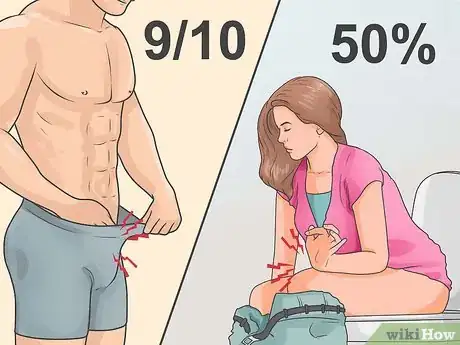

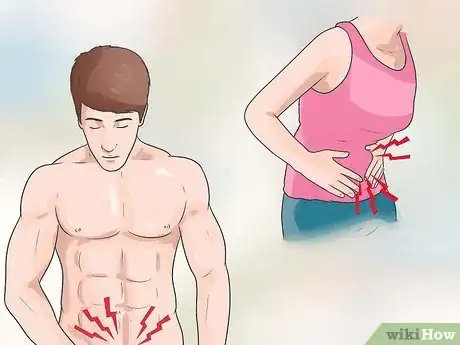
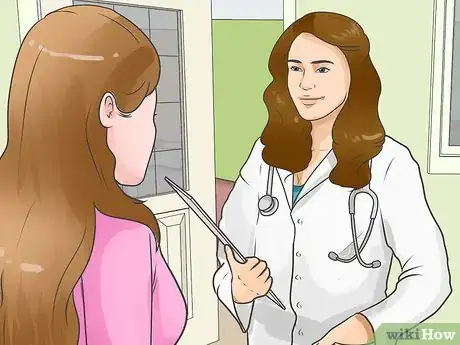

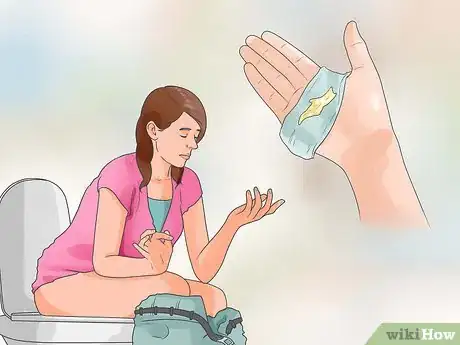
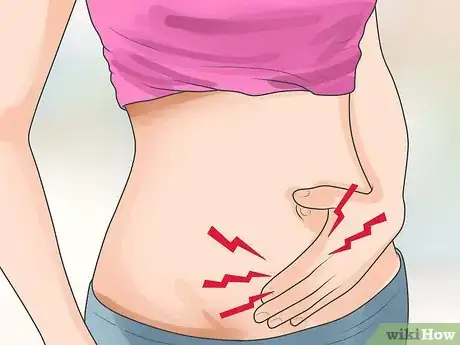
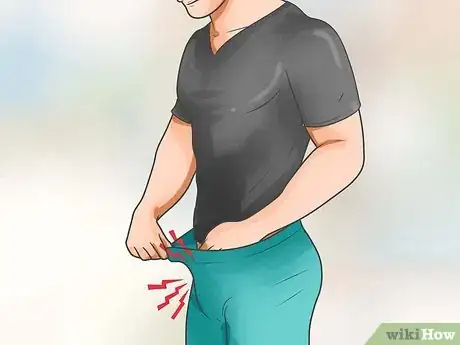
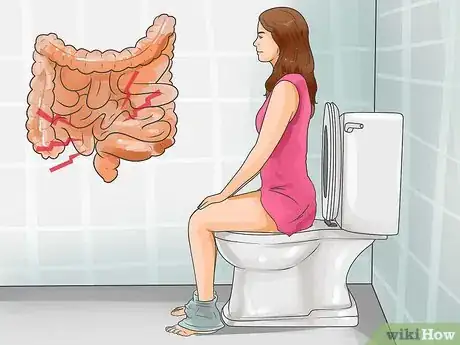

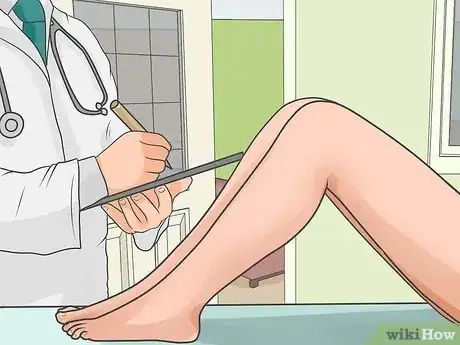


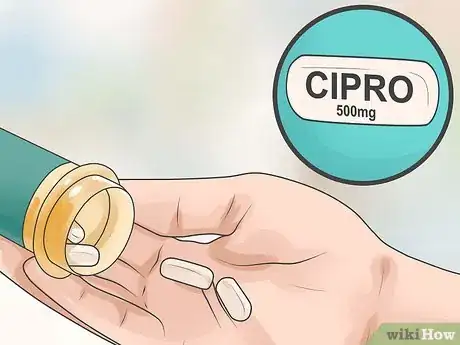
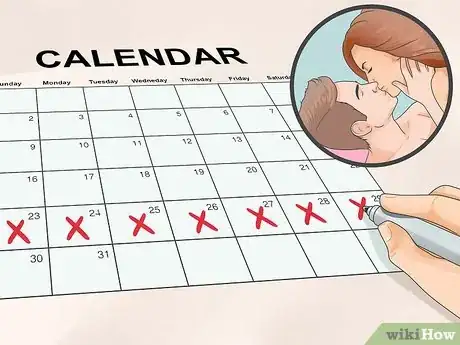

-Step-10.webp)
-Step-17.webp)
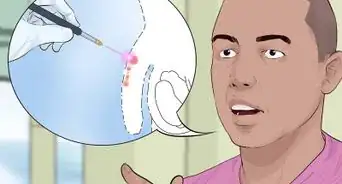

-Step-11-Version-2.webp)


-Step-10.webp)
-Step-13.webp)
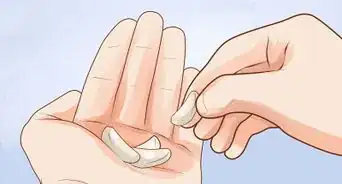
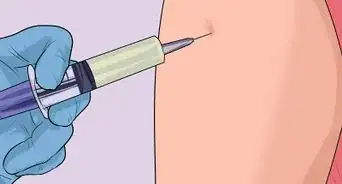
-Step-9.webp)
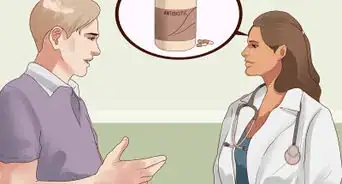










-Step-10.webp)
-Step-17.webp)
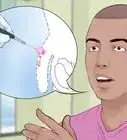



































Medical Disclaimer
The content of this article is not intended to be a substitute for professional medical advice, examination, diagnosis, or treatment. You should always contact your doctor or other qualified healthcare professional before starting, changing, or stopping any kind of health treatment.
Read More...